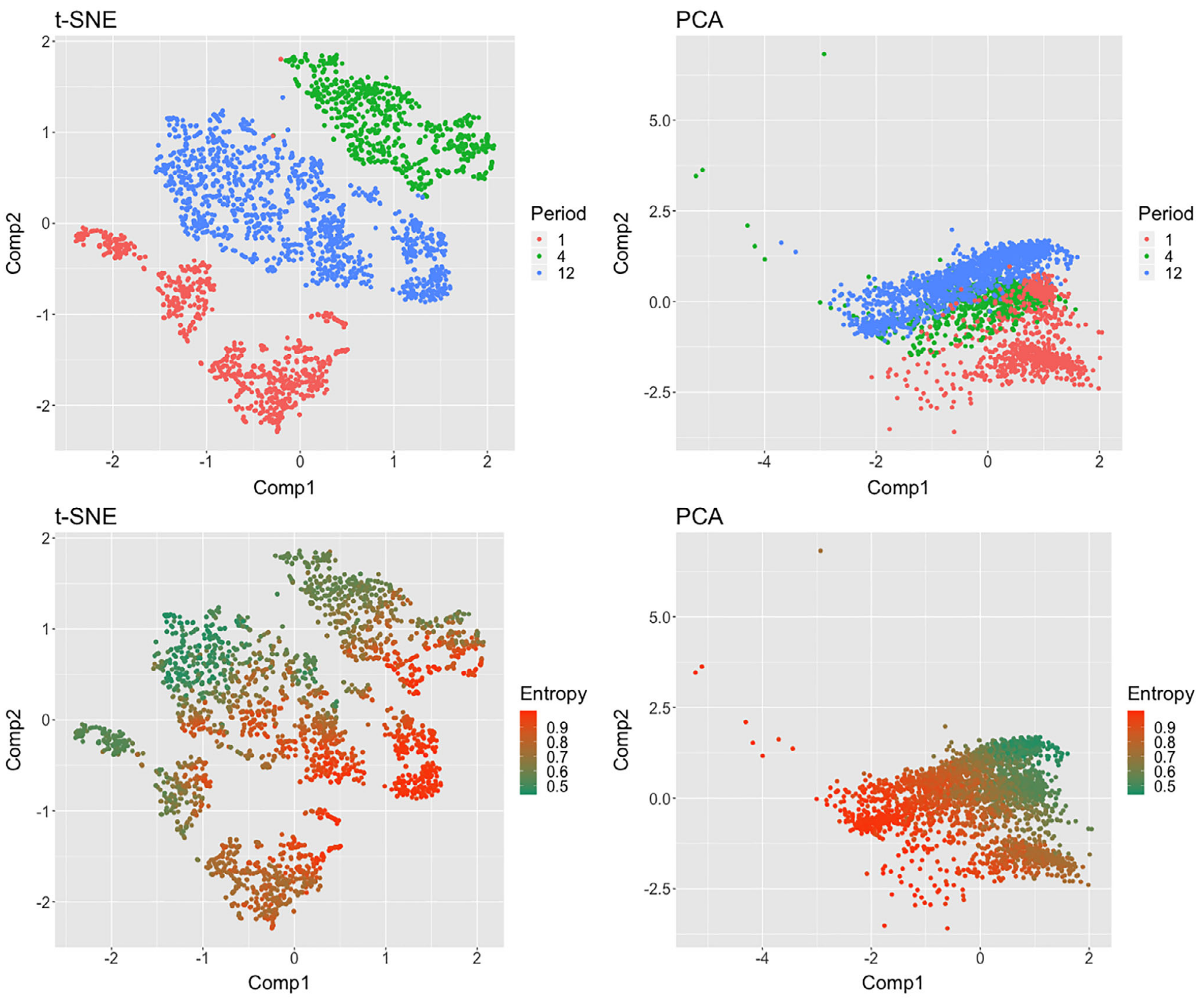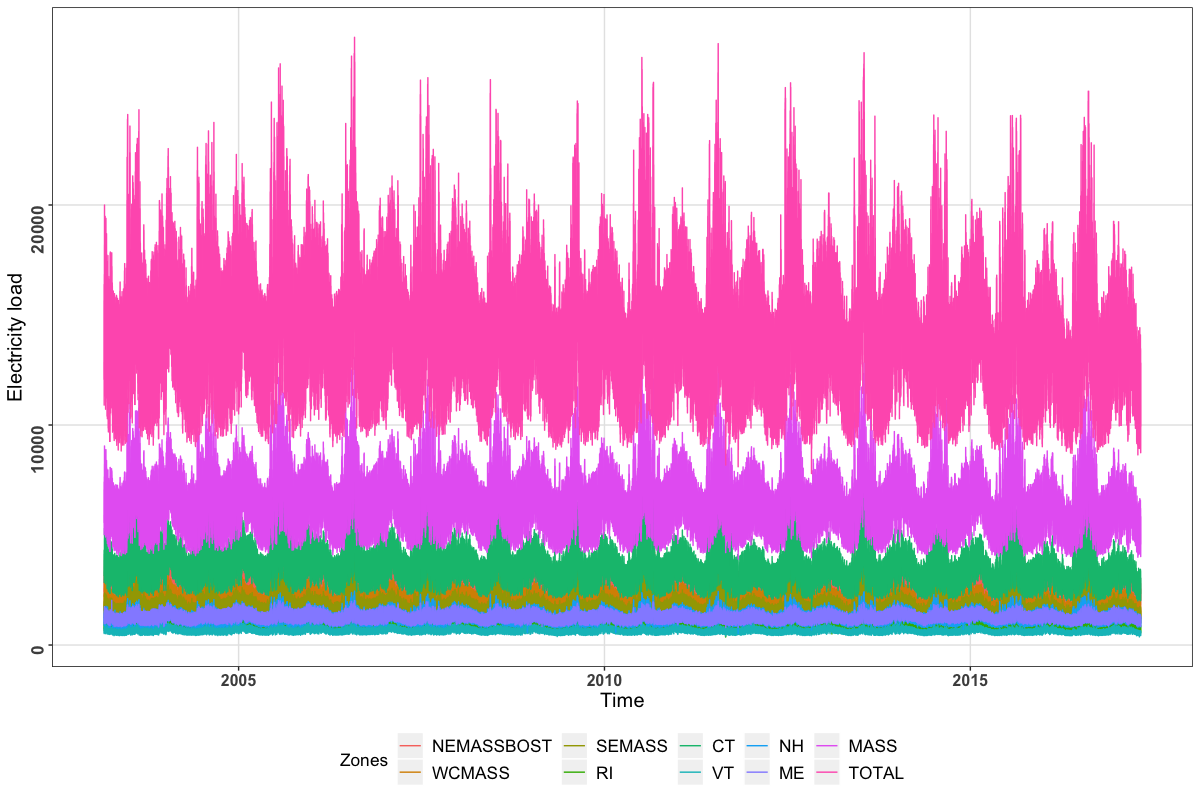Introduction to Morden Time Series Forecasting¶
Feng Li¶
Guanghua School of Management¶
Peking University¶
feng.li@gsm.pku.edu.cn¶
Course home page: https://feng.li/bdcf¶
Elements of good forecasts: state-of-the-art perspectives¶
Robust again a large collection of time series data.
- What if I do not have any benchmark data?
- Build a model on machine-generated data and test on real data.
Properly tackling model uncertainty and data uncertainty.
- What shall we do when all forecasting models fail?
- Can we forecast without historical data?
Good speed performance with a large scale of time series.
- Most forecast models could not scale up.
- A need for a distributed forecasting framework.
Time series features¶
Features of time series produce more accurate forecasting accuracies.
Features give forecasting method selection rules.
"Horses for courses": effects of time series features for the forecasting performances.
Visualize the performances of different forecasting methods in a 2D space for a better understanding of their relative performances.

Predict the forecasting model performance¶
Train a time series model (machine learning with dependent data) is usually costly.
New algorithms a re developed every day.
A well trained model with
my datasetdoes not necessary work well foryour dataset. Why?Is there a way to forecast which algorithm works the best for any time series ex-ante ?
- Unrealistic because we could not collect all the time series in the world.
- But we could work on the time series feature space.
Distributed forecasting with ultra-long time series¶
Ultra-long time series are increasingly accumulated in many cases.
hourly electricity demands
daily maximum temperatures
streaming data generated in real-time
Forecasting these time series is challenging.
time-consuming training process
hardware requirements
unrealistic assumption that the DGP remains invariant over a long time interval
Hierarchical time series¶
Hierarchical time series are special network data.
Constants exist that the forecasts on each hierarchy should be coherent with the aggregation structure.
Hierarchical forecasting¶
Hard to use multivariate time series models, like VARs, because the bottom level is highly noisy or intermittent.
Copula models are hard to scale up.
Pure deep learning models fail to meet the coherent constant.

